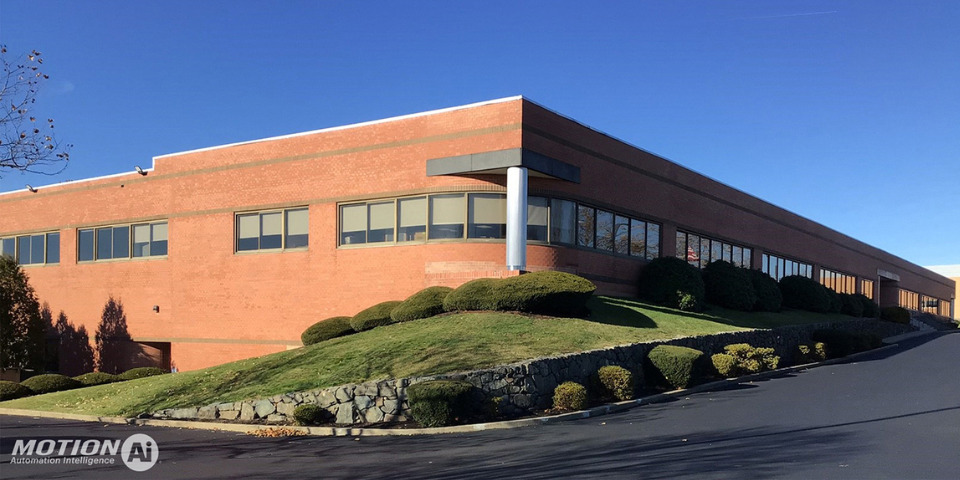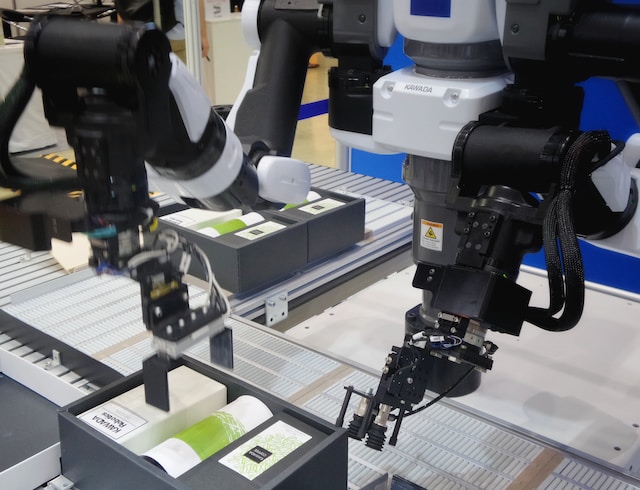As cities around the world grapple with issues of sustainability, affordability, and creativity in urban planning, a surprising solution has emerged from an unexpected source: shipping containers.
These once-unassuming cargo carriers are now at the forefront of urban transformation, offering a palette of possibilities for architects, designers, and urban dwellers. Marketresearch.biz reports that the shipping container market is expected to reach USD 16.1 billion by 2032, with a 6.5% CAGR from 2023 to 2032, up from USD 8.7 billion in 2022.
Pop-Up Markets and Food Hubs
In cities around the world, shipping containers have become the driving force behind dynamic and lively pop-up markets and food hubs. These vibrant, adaptable spaces provide a platform for local entrepreneurs, small businesses, and artisans to showcase their products. What makes them even more attractive is their mobility; containers can be transported to different locations, reinvigorating underutilized areas and creating economic opportunities.
To enhance the functionality of these pop-up spaces, cities are increasingly using smart technology to track foot traffic and gather data on visitor preferences. This data helps city planners optimize the allocation of resources, making these markets even more successful and responsive to the needs of the community.
Affordable Housing Solutions
The global affordable housing crisis has spurred architects and designers to think outside the box, quite literally, by converting shipping containers into affordable homes. As we explore these innovative storage solutions, it’s evident that container homes offer a sustainable, cost-effective solution to the housing problem. Their modular design not only allows for creative layouts and configurations but also maximizes space and comfort.
Emphasizing sustainability, modern container homes are frequently outfitted with eco-friendly features like solar panels, rainwater harvesting systems, and energy-efficient insulation. These advancements not only reduce the environmental footprint but also significantly cut down utility costs for residents, demonstrating a practical application of innovative design in addressing global issues.
Sustainability is a top priority in container housing. Modern container homes often incorporate eco-friendly features like solar panels, rainwater harvesting systems, and energy-efficient insulation. This not only reduces the environmental footprint but also lowers utility costs for residents.
Art Galleries and Cultural Spaces
Shipping containers have found their niche in the world of art and culture. By repurposing containers into galleries and cultural spaces, artists and curators have discovered a versatile canvas for their exhibitions. The modular nature of containers allows for quick and easy reconfiguration, enabling different layouts and atmospheres to suit various artistic expressions.
In a bid to further engage visitors, some container art galleries are embracing technology. Augmented reality and virtual reality installations bring art to life, creating immersive experiences that captivate and educate art enthusiasts.
Co-Working and Office Spaces
The rise of remote work and the gig economy has given rise to the need for flexible office solutions. Shipping containers are being transformed into co-working spaces and innovative office environments, offering professionals inspiring and efficient places to work, collaborate, and innovate.
Container-based offices are keeping pace with modern demands by incorporating cutting-edge technology. These spaces often come equipped with advanced video conferencing systems, high-speed internet connectivity, and even AI-powered office management systems to streamline workflows.
Vertical Gardens and Urban Farming
The urban farming movement is gaining momentum, and shipping containers are at the forefront of this revolution. Containers are being converted into vertical gardens and hydroponic farms, allowing urbanites to grow fresh produce in limited space. This not only promotes sustainability but also provides communities with access to locally grown, organic food.
Some urban farming containers now utilize automation and artificial intelligence to optimize plant growth. This high-tech approach ensures consistent yields and reduces the need for extensive manual labor.
Disaster Relief and Emergency Shelters
During times of crisis, shipping containers are proving their worth as invaluable assets for disaster relief efforts. Modified containers can be rapidly deployed as emergency shelters, medical clinics, and command centers, providing immediate assistance and infrastructure to communities in need.
Container designs have evolved to be more resilient, able to withstand natural disasters and extreme conditions. This improved durability ensures that these emergency structures can better serve affected populations.
Educational Facilities
The flexibility of shipping containers is helping to address educational challenges, such as overcrowded schools and limited access to education. Containers are being converted into portable classrooms, libraries, and learning centers, expanding educational opportunities to underserved areas.
To bridge the digital divide, container-based classrooms are often equipped with state-of-the-art e-learning technology, ensuring that students can access digital resources and connect with educators from around the world.
Recreational and Sports Facilities
Containers are not just for work and education; they’re also transforming leisure and fitness. From pop-up skate parks to mini-golf courses, shipping containers are converting unused urban spaces into hubs for active living and recreation.
High-tech fitness equipment and digital coaching are being integrated into container-based gyms, offering a futuristic workout experience that combines physical activity with technology.
Eco-Friendly Hotels and Resorts
For travelers seeking unique and sustainable lodging experiences, shipping container hotels and resorts have become a popular choice. Nestled in scenic and remote locations, these accommodations offer breathtaking views and minimal environmental impact.
To further reduce their carbon footprint, some container resorts are incorporating renewable energy sources, advanced waste management systems, and eco-friendly building materials into their designs.
Public Art Installations
Finally, shipping containers are playing a transformative role in urban beautification. Artists are turning containers into canvases for public art installations, breathing new life into otherwise dull urban areas. These installations engage and captivate residents and tourists alike. Augmented reality applications are enhancing the interactive nature of container-based art installations. Visitors can now use their smartphones or AR glasses to interact with and even influence the art, blurring the line between the physical and digital realms.
Conclusion
Innovation knows no bounds when it comes to repurposing shipping containers to reshape urban landscapes. From addressing housing crises to creating dynamic cultural spaces and promoting sustainability, these metal giants continue to redefine the possibilities of urban design.
As the latest developments in container utilization continue to push the envelope, we can anticipate even more exciting transformations in the cities of tomorrow. Shipping containers have indeed proven that with creativity and vision, the ordinary can become extraordinary, ultimately reshaping the very essence of our urban environments.







